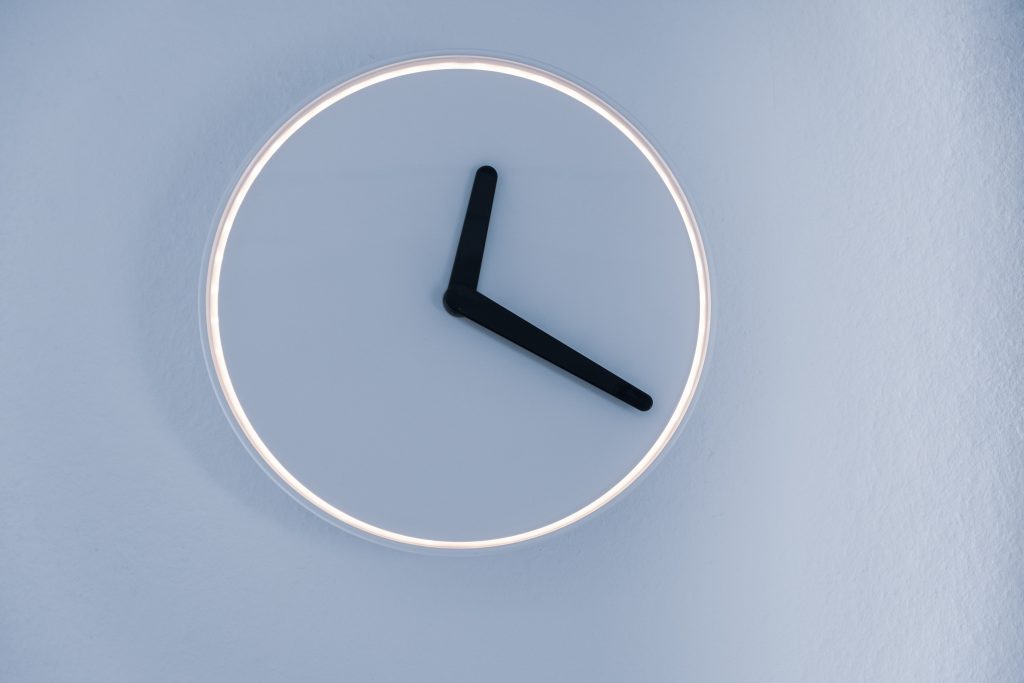
18 Jun The Pomodoro Technique makes you work efficient
After I got invited to be speaking alongside others on a Clubhouse talk about Mind Management, I felt the urge of typing up a story about the Pomodoro Technique. I’ll happily explain you what the pomodoro technique is about and – a question that many people raise – where it got its name from.
- Pomodoro Technique – my best practices
- The challenges I faced
- How to get started with the Pomodoro Technique
The Pomodoro Technique – what is it?
This is a rather easy way of working and it’s very structured. You will work 6 or 8 blocks of 25 minutes, after which you take a 5 minute break. This means that in 180 or 240 minutes, you will be taking a break for 30 or 40 minutes respectively. After these 6 of 8 blocks, there’s a longer break (30 – 60 minutes). The trick is to use one block to focus on one sole topic or task. It can happen that you plan 2, 3 or 4 blocks back to back to be working on the same topic but you will still take the 5-minute break, every time.
Where do the name Pomodoro Technique comes from?
The creator of this model, Francesco Cirillo used a kitchen timer which had the shape of a tomato to time his 25 minutes of work. The tomato made him name this way of working the Pomodoro Technique.
My tips, tricks and best practices
I have started adopting this way of working a couple of years ago and it has just provided me with a lot. To me there are a couple of main advantages which this structure gives me.
- As I try to start my day by drawing up my schedule, it makes me actively think about what I will do during the day. I can force myself to also include some of the long-term to-do’s that are on my list
- The fact that I’m ‘forced’ to work 25 minutes on one topic only creates an amazing focus (it’s important that you really stick to this topic)
- Distractions such as news, phone, social media etc. will have to wait until the 25 minutes are over. To me it’s much easier to ignore those distractions as I know that I will be ‘allowed’ to check upon whatever in the 5-minute break (which always will be coming up soon)
- I can use the breaks to get up from my chair, walk (within the house) and focus my eye-sight on some places in the distance (I’m regularly looking through the window). Having a constant focus on the screen that’s just in front of you is not very good to your eyes.
- The way I structured my task into blocks of 25 minutes increased my efficiency in several ways. For some tasks I just knew that there would be a maximum time I could dedicate to it and this made my fingers fly across my keyboard. Obviously, when a task just wasn’t finished, I would make sure to finish it the next block or at a later moment. A task that’s almost done never has been a reason not to honour my 5-minute break (consistency is key, from my experience).
- What I really like too (to many the 9 to 5 mentality won’t be as stricts as it used to be) is that I often include personal to-do’s into my schedule too. The structure or schedule could apply for the entire day, that doesn’t stop at 17:00. When starting at 08:30 I sometimes plan until 20:00 where I include 2 blocks for lunch (when having lunch I don’t take a 5-minute break😂) and I might study Spanish, vacuum around the house and go to the supermarket.
- I always keep a list of ‘random things’, such as a short email, taking care of a bank statement or anything else. Every day I will have at least one or two blocks dedicated to ‘Random’.
The challenges I (or you) faced
There are a couple of things I would like to mention. First of all: not everyone will be able to adopt this technique at all times. If you are in conference calls throughout the day, it’s simply just not an option (in most cases at least) to call every 25 minutes for a break (although this might be a very interesting thing to be testing). Furthermore, there were some challenges I was facing:

- Sometimes it can feel very unnaturally to stop working on topic X when your mindset is fully set to that specific task. However, I experienced that your efficiency will increase in the long run if you do honour the 25-5 minute structure.
- When a call comes in (let’s say a customer wanted to book a surf holiday) I can’t turn it down and this likely messes up my schedule. However, returning calls normally means business and that’s the aim of the company after all. I learned that keeping some gaps (not too many) open in my schedule could help me when unexpected calls come in, allowing you to finish a particular task later on.
How to start the Pomodoro Technique?
The story on how the name of this technique came about is that the initiator (Francesco Cirillo, he came up with it in the 80’s) used a kitchen timer which had the shape of a tomato. The timer was set to 25 minutes and off he went. In case you would be looking for a timer to be using, I have created on myself which might be useful for you.
I would advise you to come up with a schedule at the start of your day. You could use a piece of paper and just write down the time slots (09:00 – 09:25, 09:30 – 09:55 etc.) or create a schedule in a Word or Excel document. I’m convinced you will find a way 🙂
The YouTube video below has some more tips and tricks for you (source: Cirillo Consulting)


No Comments